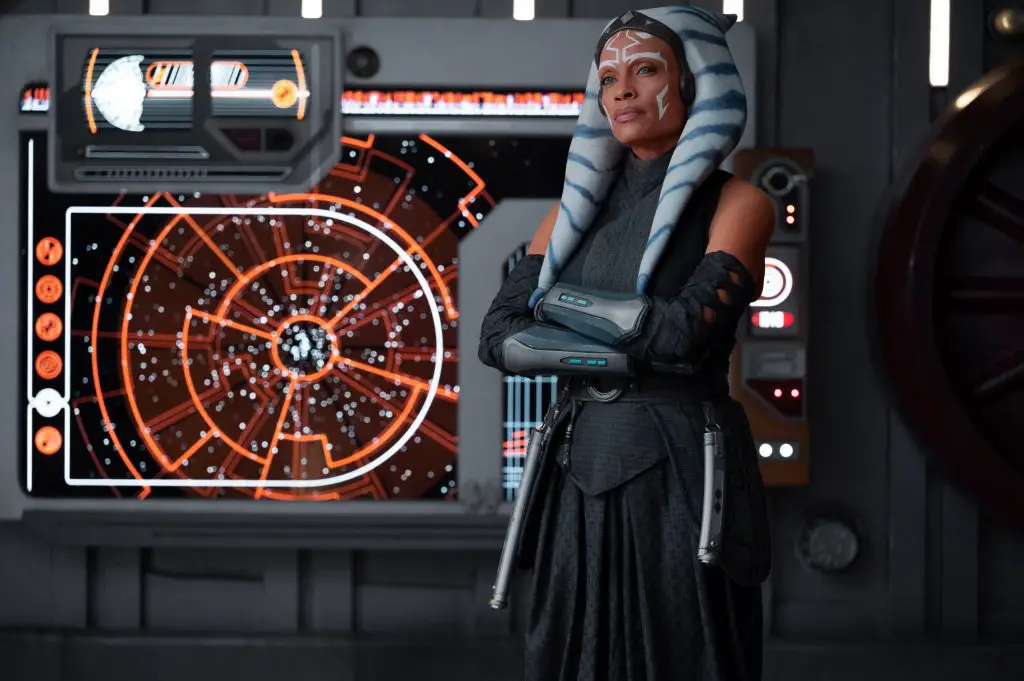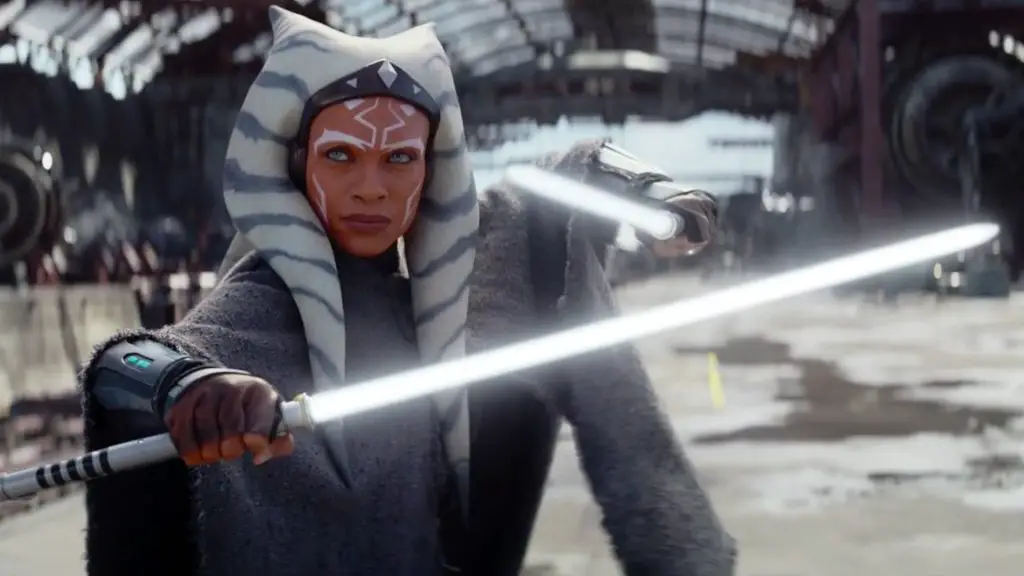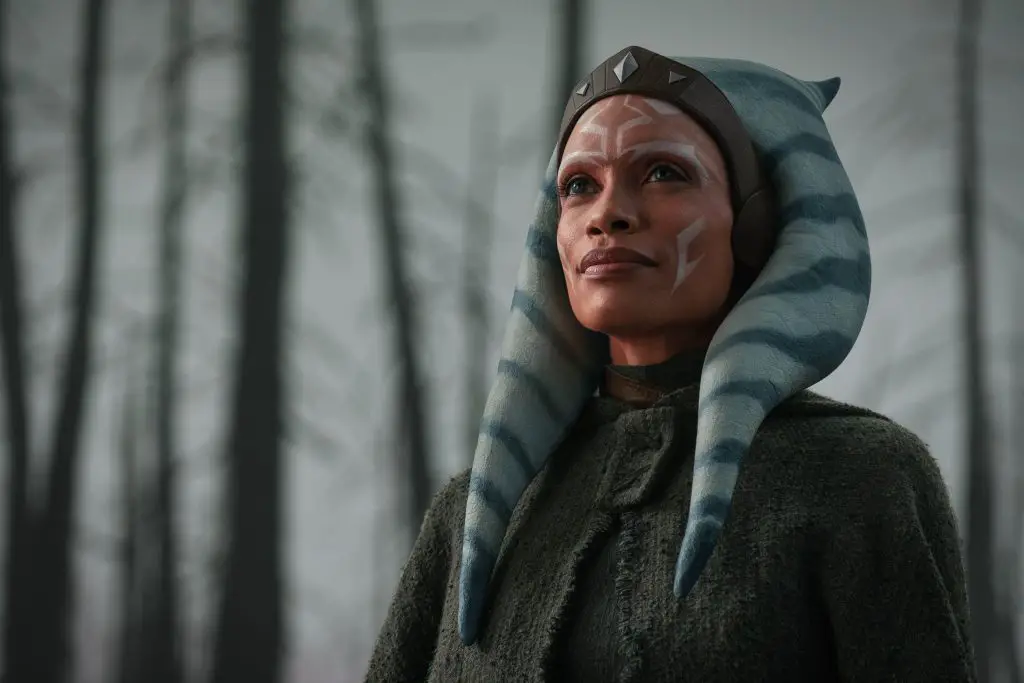Star Wars, an iconic franchise, is evolving. The universe we once knew, one that showcased a distinct gender imbalance, is now navigating towards a more equitable space. The most recent embodiment of this change is the new show, “Ahsoka“, which, unlike its predecessors, celebrates female camaraderie.
A New Era for Female Characters in Star Wars
Historically, Star Wars has been a story told through a predominantly male lens. From its onset, females like Princess Leia Organa, played by the ever-talented Carrie Fisher, shone brightly as outliers in a sea of male dominance. Their valor, intelligence, and audacity carved spaces for them, but their journey was often a solitary one. Leia, for instance, portrayed a picture of resilience, yet her struggles were largely individualistic.
Fast forward to “Ahsoka“, and the narrative undergoes a paradigm shift. The show spotlights three key female protagonists: Ahsoka Tano, played by Rosario Dawson (originally voiced by Ashley Eckstein), Hera Syndulla, brought to life by Mary Elizabeth Winstead (voiced by Vanessa Marshall), and Sabine Wren, portrayed by Natasha Liu Bordizzo (voiced by Tiya Sircar). While they’ve had encounters in “Star Wars: Rebels”, it’s in “Ahsoka” that the depth of their bond gets explored. They might not always be on the same wavelength, but they provide an unprecedented level of mutual support.
Leia – A Beacon of Female Representation

Leia, undeniably, remains the symbol of female power in Star Wars. Her progression from a princess to a general showcases her unyielding spirit. But the original narrative often left her isolated. Fellow rebels like Mon Mothma made appearances, but their interactions were fleeting. Star Wars’ chronicles like Padme Amidala’s story mirrored similar trajectories. Padme’s political acumen was noteworthy, but again, her role was surrounded by male counterparts.
Subsequent films tried introducing a medley of female personalities. Be it Jyn Erso, Fennec Shand, or Bo-Katan, their experiences mirrored their predecessors – surrounded more by men, than by women.
Even the sequels, which introduced characters like Rey and Rose, failed to encapsulate the essence of female bonding. Rey’s journey as a Jedi was path-breaking, but it was Ahsoka who took the title of the first female lightsaber-wielding lead.
The Trio Defying Star Wars’ Status Quo
“Ahsoka” provides a fresh perspective by portraying Hera, Sabine, and Ahsoka’s camaraderie. Their history, laced with shared experiences during their “Rebels” days, creates a foundation for their present. Ahsoka, despite walking away from Jedi training, retains her legacy and even mentors Sabine. Hera’s equation with both remains the thread connecting them, especially during times of strife. This dynamic, where they turn to each other first, marks a significant departure from the norm.
Additionally, characters like Morgan Elsbeth and Shin Hati, both antagonists, mirror this trend of women teaming up. This show’s inclination towards a female-centric narrative is not just refreshing but also transformative.
Why “Ahsoka” Matters in the Grand Scheme of Star Wars

Star Wars has often been celebrated for its portrayal of powerful women. However, these representations were usually singular. Male partnerships were commonplace, but the universe seemed void of female duos or trios, operating at the same magnitude.
“Ahsoka” alters this narrative. It’s not just about having female leads but about showcasing their interdependence. The essence of women supporting women, a commonplace reality, finds a rare portrayal in the Star Wars universe through this show.
Conclusion
The beauty of “Ahsoka” lies in its subtleties. The show doesn’t just honor the legacy of powerful women like Leia but propels it forward, instilling contemporary values of feminism. The shift from isolated female narratives to ones woven in solidarity makes “Ahsoka” a revolutionary chapter in Star Wars’ saga. As the galaxy far, far away expands its horizons, it beckons its audience to embrace this new age of inclusivity.


